There is, allegedly, a commonly held belief among landscape architects familiar with New York City: for Calvert Vaux and Frederick Law Olmsted, the designers of both Central Park and Prospect Park, the former was merely practice for the latter.
Blog
-
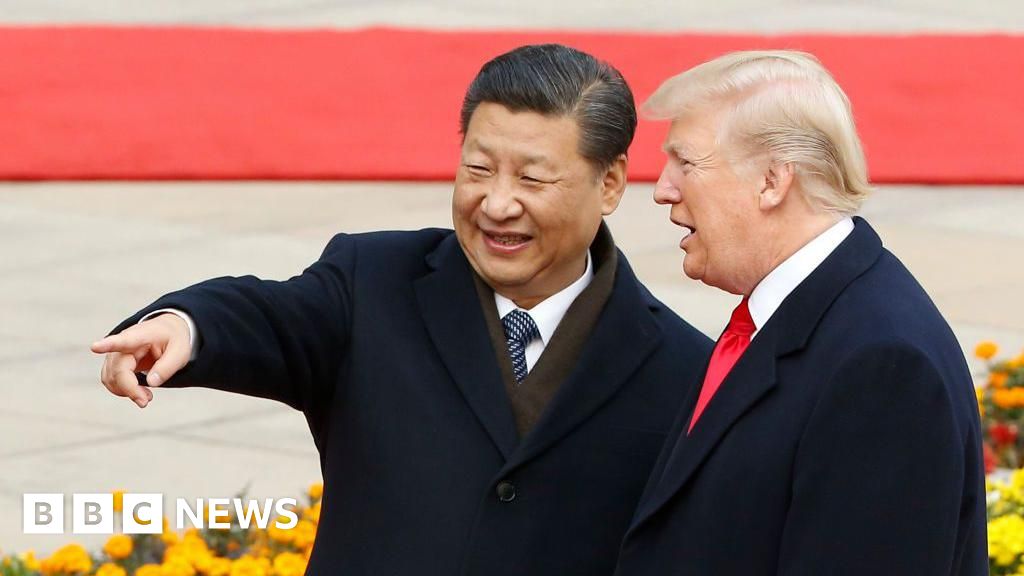
Trump threatens to pull out of planned Xi meeting
President Donald Trump has threatened to pull out of an expected meeting with President Xi Jinping of China after Beijing tightened its rules for exports of rare earths.
In a post on social media, Trump said he now saw “no reason” to meet with President Xi later this month, accusing China of “becoming very hostile” and trying to hold the world “captive”.
He also threatened a “massive” increase in tariffs on Chinese goods, raising fears about further escalation of trade tensions between the two economic giants.
Financial markets dropped in the wake of the remarks, with the S&P 500 down 1.8% in mid-afternoon trade in New York.
The last time Beijing tightened export controls – after Trump raised tariffs on Chinese goods early this year – there was an outcry from many US firms reliant on the materials . Carmaker Ford even had to temporarily pause production.
In addition to tightening rules for rare earth exports, China has opened a monopoly investigation into the US tech firm Qualcomm that could stall its acquisition of another chipmaker.
Although Qualcomm is based in the US, a significant portion of its business is concentrated in China.
Beijing has also said it will charge new port fees to ships with ties to the US, including those owned or operated by US firms.
“Some very strange things are happening in China!” Trump wrote in a post on social media on Friday. “They are becoming very hostile.”
The US and China have been in a fragile trade détente since May, when the two sides agreed to drop triple-digit tariffs on each others’ goods that had nearly stopped trade between the two countries.
Officials have held a series of talks since then on matters including TikTok, agricultural purchases, and the trade of advanced technology like semiconductors and rare earths supplied by China, which are key components in cars, smartphones and many other items.
The two sides were expected to meet again this month at a summit in South Korea.
China expert Jonathan Czin, a fellow at the Brookings Institution, said Xi’s recent actions were a bid to shape the upcoming talks, noting that the recent rare earths directive does not go into effect immediately.
“He’s looking for ways to seize the initiative,” he said. “The Trump administration is having to play a game of whack-a-mole and deal with these issues as they come up.”
He added that he did not think China was worried about US retaliation in response.
“What China took away from the Liberation Day tariffs and the cycle of escalation followed by de-escalation is that the Chinese side had a higher pain threshold,” he said. “From their perspective, the Trump administration blinked.”
In prior rounds of trade talks, China has pushed for looser US restrictions on semiconductors. It is also interested in securing more stable tariff policies that would make it easier for its businesses to sell into the US.
Xi has previously used as leverage his country’s dominance of production of rare earths, critical minerals and other materials.
But the export rules unveiled this week target overseas defence manufacturers, making them particularly serious, said Gracelin Baskaran, director of the critical minerals security program at Washington-based Center for Strategic and International Studies.
“Nothing makes America move like targeting our defence industry,” she said. “The US is going to have to negotiate because we have limited options, and in an era of rising geopolitical tension and potential conflict, we need to build our industrial defence base.”
While a Trump-Xi meeting now looks unlikely, she said it was not necessarily completely off the table. Ms Baskaran said there’s still time and room for talks. China’s new rules don’t take effect until December.
“Negotiations are likely imminent,” she said. “Who does them and where they happen will be determined with time.”
Continue Reading
-
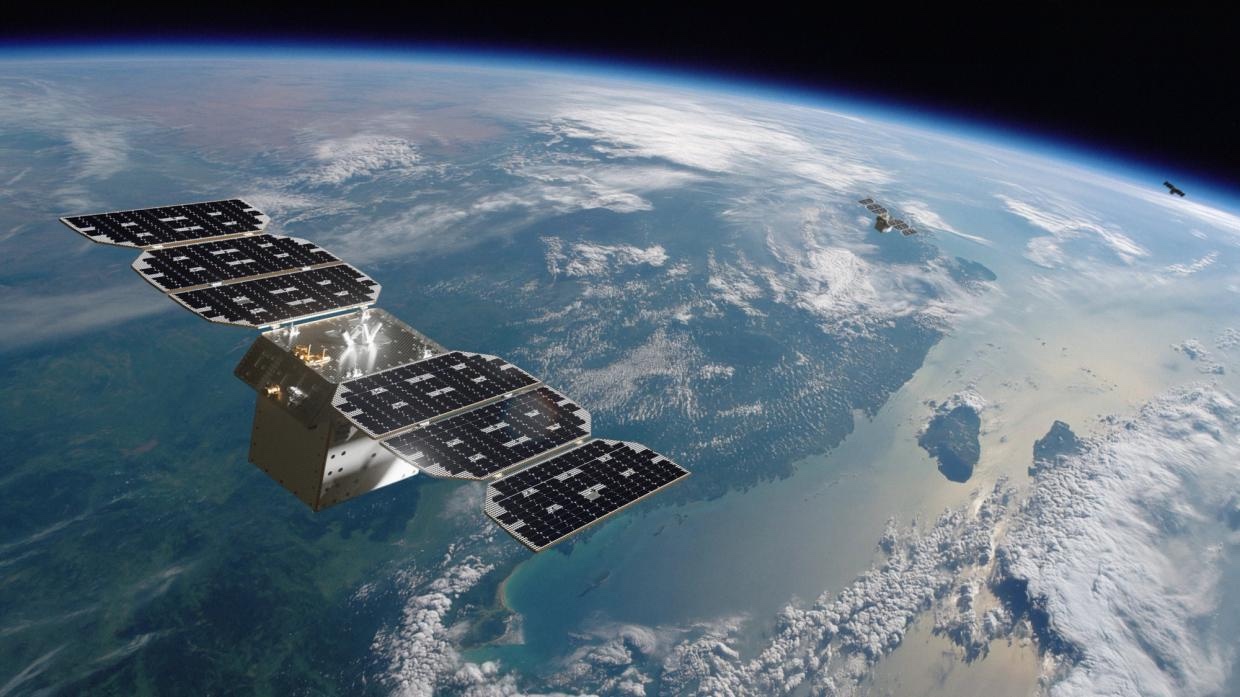
Planet announces new line of satellites for daily Earth imaging
AUCKLAND, New Zealand — Planet has announced a new class of imaging satellites that will replace a line of spacecraft dating back to the company’s earliest days.
Will Marshall, co-founder and chief executive of Planet, wrote in an Oct. 7 blog post that the company will launch late next year the first Owl satellite, intended to ultimately replace its existing fleet of SuperDove satellites.
“Owl will be designed to deliver frequent, best-in-class imagery faster, enabling customers to receive imagery-enabled insights within as little as one hour of capture,” he said.
Unlike SuperDoves, which provide imagery at a resolution of three to four meters, the Owl spacecraft will offer one-meter imagery. The spacecraft will also be equipped with Nvidia processors to enable “AI at the edge” onboard processing, such as identifying objects or detecting activity of interest.
The Owl satellites will maintain what Marshall called “seamless continuity” with SuperDoves by using the same core spectral bands, allowing customers to use existing workflows for analyzing the imagery.
Through imagery from the Dove and SuperDove satellites, Planet has built a daily record of Earth’s surface. “We have an eight-year daily history of change on the planet everywhere,” Robbie Schingler, co-founder and chief strategy officer of Planet, said in an Oct. 8 speech at the New Zealand Aerospace Summit. “It has become a foundational data layer.”
The new satellites, however, will be significantly different physically from SuperDoves. Illustrations released by Planet showed a spacecraft that appeared larger than the 3U cubesat form factor used by SuperDoves and earlier Dove satellites dating back more than a decade. A company spokesperson confirmed that the Owl satellites are larger but declined to provide their mass or dimensions.
“Looking ahead, a higher-performance and future-proofed mission requires a more capable and advanced spacecraft,” Marshall wrote. The Owl satellites will use an upgraded version of the avionics system developed for the larger Pelican and Tanager satellites Planet is building for high-resolution and hyperspectral imagery, respectively.
He said the first technology demonstration for Owl will launch in late 2026, with a fleet of spacecraft to follow in the “coming years.”
The announcement of Owl comes as Planet scales up production of the larger Pelican satellites. The company announced Sept. 25 that it will establish a second factory for Pelican satellites in Berlin, its European headquarters. The new factory, Planet said, will help it “better meet growing demand from the European market” by doubling the production rate for those spacecraft.
Schingler noted in his talk that the company continues to be vertically integrated in its satellite production. “That’s really showing the immaturity of the space segment today. It’s really a community today. It’s not a huge, efficient, competitive, interoperable market.”
“I don’t want to be vertically integrated. We’ve had to be vertically integrated because the maturity of the supply chain wasn’t there,” he said. He cited, as an example, 18-month lead times for avionics as a reason the company produces them and other components in-house.
He said he wants to see the space industry become more like the semiconductor market, where supply chains are more reliable and efficient. “I think the future for us is to be a true market, a true industry,” he said, with a strong supply chain that can provide components quickly. “That’s what I really wish for the ecosystem, to turn into an industry where you don’t have to be vertically integrated.”
Related
Continue Reading
-

‘We were the original punks’: the rebel women revitalising local music scenes | Punk
Ask Cathy Loughead the most punk thing she’s ever done, and she doesn’t miss a beat: “I went on stage with my neck broken in two places. I couldn’t bounce around, so I blinged the brace up instead. That was a great gig.”
Loughead is part…
Continue Reading
-

RCC Monthly Rewind: Key News and Expert Insights You May Have Missed in September 2025
September delivered several developments in renal cell carcinoma (RCC). Highlights included real-world findings on belzutifan (Welireg)–related adverse effects across tumor types, insights from the phase 1 STELLAR-002 trial (NCT05176483)…
Continue Reading
-
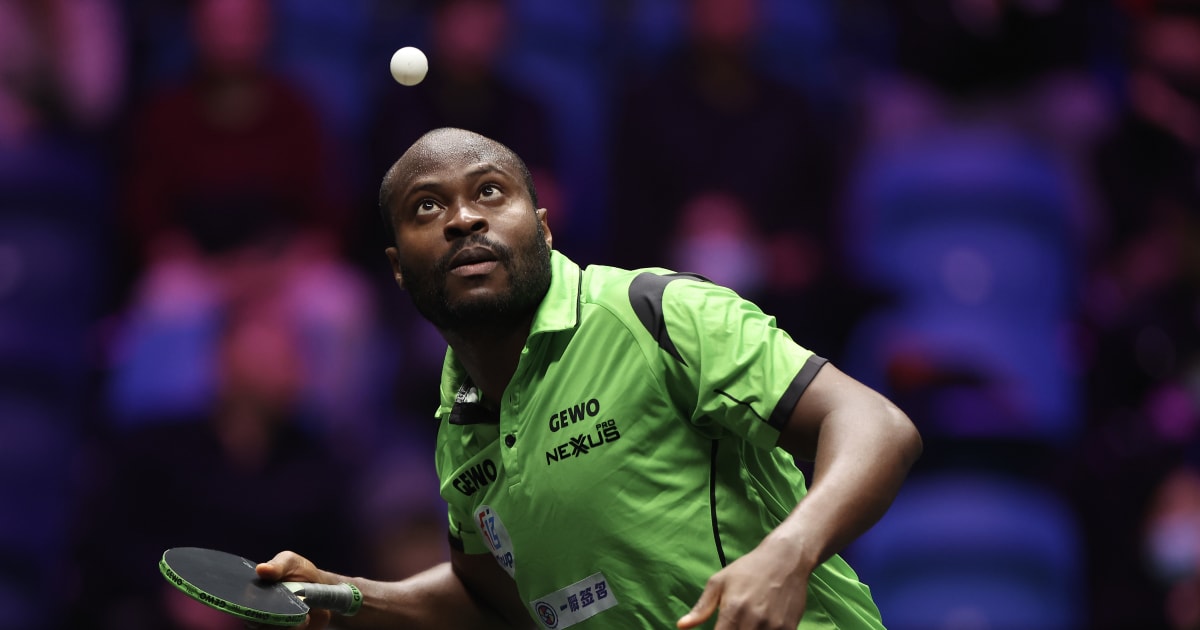
Quadri Aruna explains his decision to withdraw from 2025 African Table Tennis Championships
Aruna, the first African ever to reach the quarter-finals of the Olympic Games in table tennis, is also the second most decorated player in the history of the ITTF-Africa Championships—behind Egypt’s Omar Assar, who will be chasing his fifth…
Continue Reading
-

Netflix Launches Party Games for TVs
Netflix is expanding its video game offerings from mobile into TV by launching party games that its subscribers can play on smart TVs.
While Netflix has been offering games for a while, those games were only available on mobile.
In the initial…
Continue Reading
-
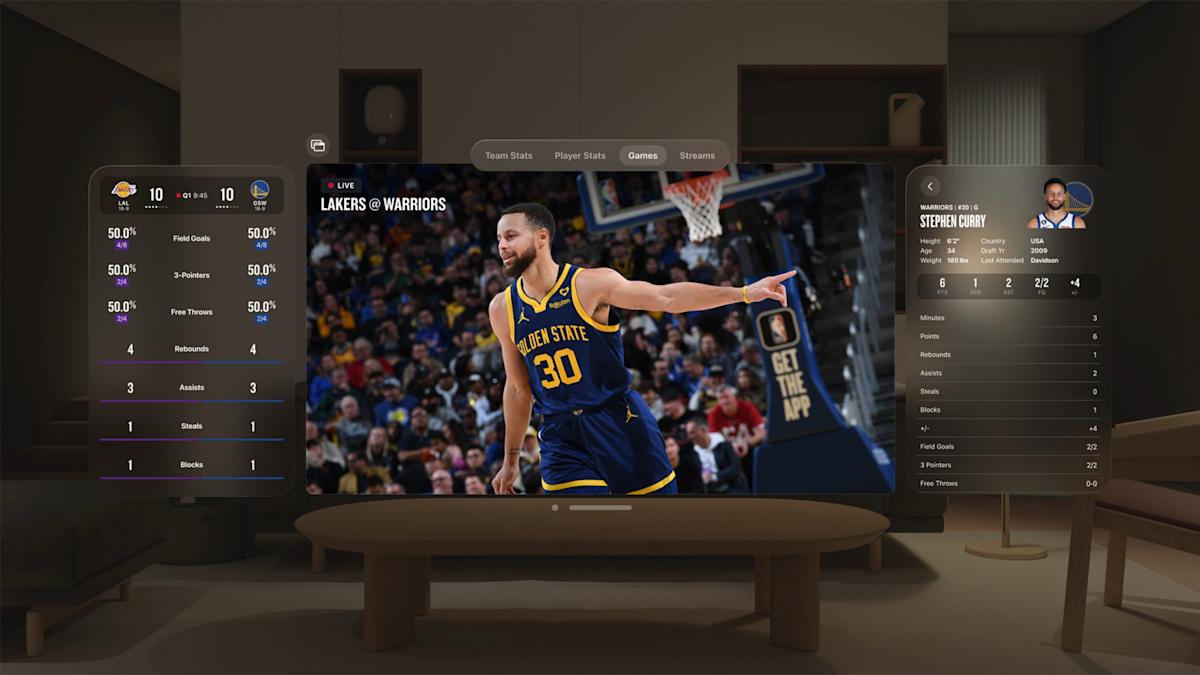
Apple is bringing live NBA games to the Vision Pro in 2026
Apple is partnering with Spectrum SportsNet to stream select Los Angeles Lakers games directly to the Apple Vision Pro during the 2025-2026 basketball season. The games will be filmed in the Apple Immersive video format, the same VR-friendly…
Continue Reading
-
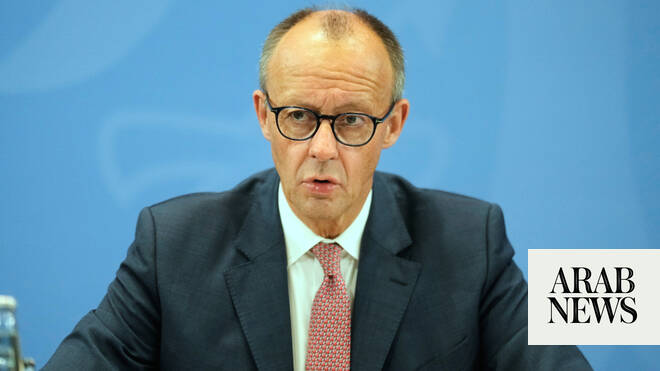
Germany wants to organize Gaza reconstruction conference
JOHANNESBURG: Roberto Mosquera’s family had no trace of him for a month after he was arrested by US immigration agents, until a government social media post revealed he had been deported to Africa’s last absolute…Continue Reading
-
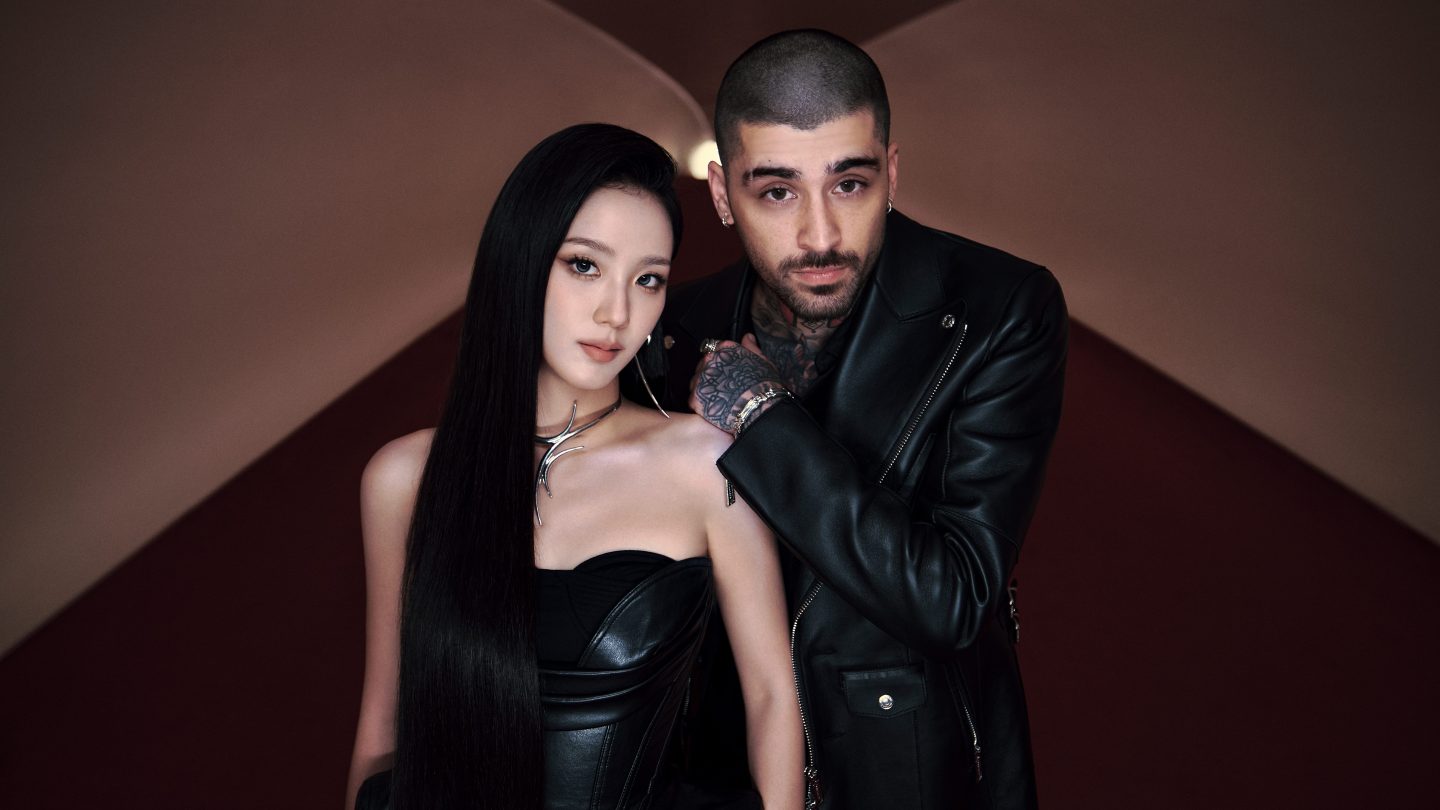
Jisoo of Blackpink and Zayn Malik Team Up for Duet “Eyes Closed”
Jisoo and Zayn Malik joined forces for a new duet, “Eyes Closed.”
The single, released today via Warner Records, is a bit of a departure from Jisoo’s previous solo releases, featuring a prominent use of acoustic guitar throughout….
Continue Reading
